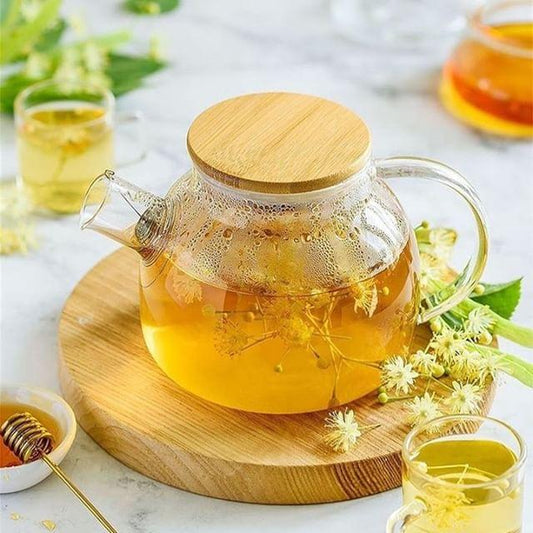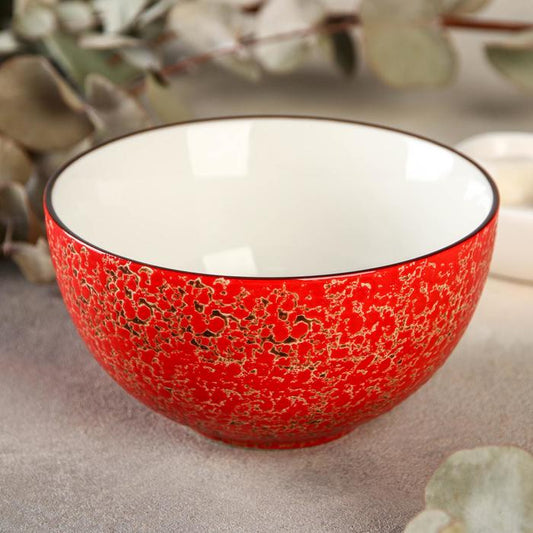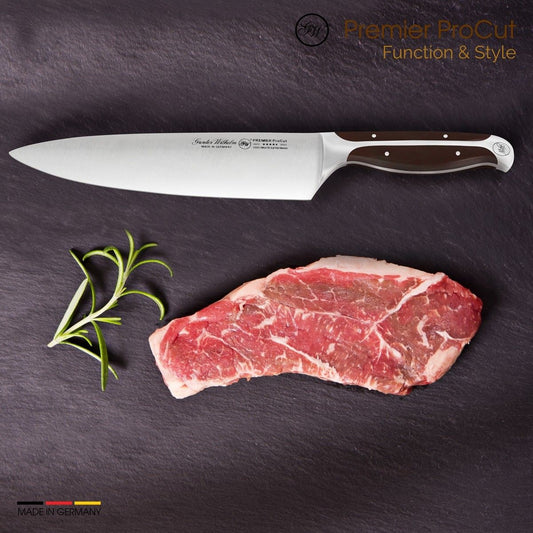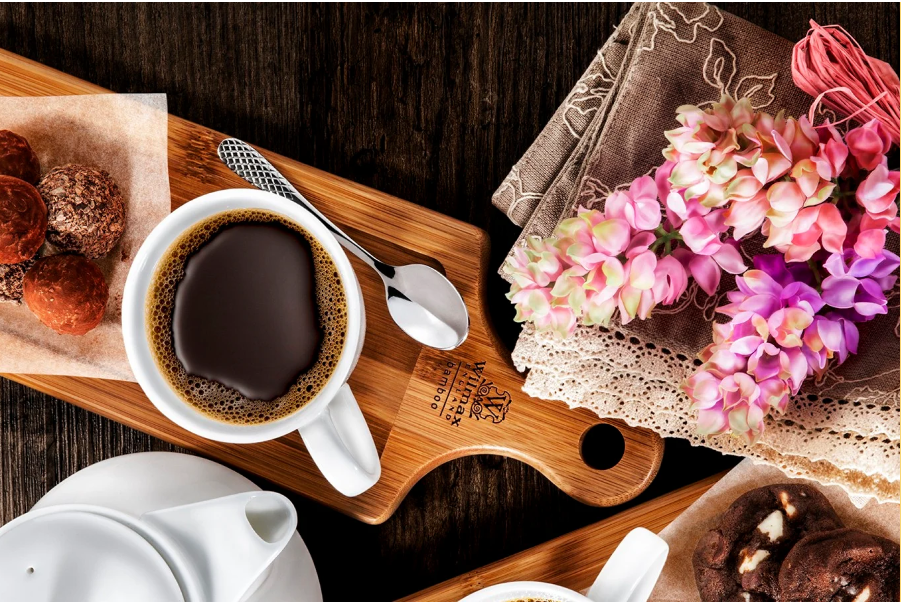Chocolate Through the Ages: From Ancient Treat to Modern Indulgence

Chocolate—one of the world’s most beloved indulgences—has a rich and fascinating history that spans thousands of years. From its origins as a sacred drink in ancient civilizations to the countless chocolate treats we enjoy today, this irresistible delight has traveled through time and across cultures, evolving along the way.
1. The Ancient Beginnings: Chocolate as a Sacred Drink
Chocolate's story begins over 4,000 years ago in Mesoamerica, where the Olmecs were the first to cultivate cacao. The beans, derived from the Theobroma cacao tree (literally meaning "food of the gods"), were used to create a bitter, frothy beverage.
- The Maya Civilization: The Maya refined cacao into a drink enjoyed during religious ceremonies, weddings, and celebrations. This early version of "hot chocolate" was mixed with water, chili, and spices—far from the sweet versions we know today.
- The Aztecs: Cacao became so valuable in Aztec culture that cacao beans were used as currency. Emperor Montezuma drank large quantities of xocoatl—a spiced, unsweetened chocolate drink—believing it provided strength and vitality.
2. The Arrival in Europe: A Royal Indulgence
Chocolate was introduced to Europe in the 16th century, when Spanish explorers, including Hernán Cortés, brought cacao back from the New World. Initially, chocolate was met with curiosity and skepticism.
- Sweetened with Sugar: To appeal to European palates, sugar, cinnamon, and vanilla were added to the bitter cacao drink, creating a luxurious beverage enjoyed by the Spanish elite.
- A Symbol of Wealth: By the 17th century, chocolate spread across European royal courts and aristocratic households, becoming a drink synonymous with luxury and privilege.
3. The Industrial Revolution: Chocolate for the Masses
The 19th century marked a turning point for chocolate, transforming it from an elite delicacy into a treat for the masses.
- The Invention of Solid Chocolate: In 1847, the British company J.S. Fry & Sons created the first chocolate bar by combining cocoa butter, cocoa powder, and sugar. This innovation allowed chocolate to be eaten rather than just consumed as a drink.
- Milk Chocolate: In 1875, Daniel Peter of Switzerland perfected milk chocolate by adding condensed milk, paving the way for modern creamy chocolate bars.
- Mass Production: Advances in machinery allowed companies like Cadbury, Lindt, and Nestlé to produce affordable chocolate treats, making them widely accessible to the general public.
4. The Modern Era: Artisanal Craft and Global Indulgence
Today, chocolate is enjoyed in endless forms, from simple bars to gourmet confections. Its role has evolved beyond just a treat—chocolate is now celebrated for its artistry, cultural significance, and even its health benefits.
Global Influence
- Belgium and Switzerland are renowned for their high-quality chocolates, emphasizing craftsmanship and precision.
- Mexico continues to celebrate its ancient roots with dishes like mole, a rich sauce that combines cacao with spices.
- Countries like France and Italy are known for creating luxurious truffles and pralines.
Bean-to-Bar Movement
In recent years, artisanal chocolate makers have embraced the bean-to-bar philosophy, focusing on sustainable sourcing, ethical trade, and highlighting the unique flavors of cacao beans from different regions.
Health Benefits
Dark chocolate, rich in antioxidants, is now recognized for its potential health benefits, such as improving heart health, boosting mood, and providing minerals like iron and magnesium.
5. Fun Facts About Chocolate
- The largest chocolate bar ever made weighed over 12,000 pounds!
- Around 400 cacao beans are needed to produce just one pound of chocolate.
- Chocolate is one of the few foods that melts close to body temperature, making it melt-in-your-mouth irresistible.
Conclusion: A Timeless Treat
From its sacred beginnings in ancient Mesoamerica to its transformation into a global symbol of indulgence, chocolate’s journey is nothing short of remarkable. Whether you savor it in a luxurious truffle, sip it in a steaming mug, or enjoy it in a classic bar, chocolate continues to unite cultures, bring joy, and inspire creativity in kitchens around the world.
The next time you enjoy a bite of chocolate, remember—you’re tasting history, tradition, and a little bit of magic.
Share:





